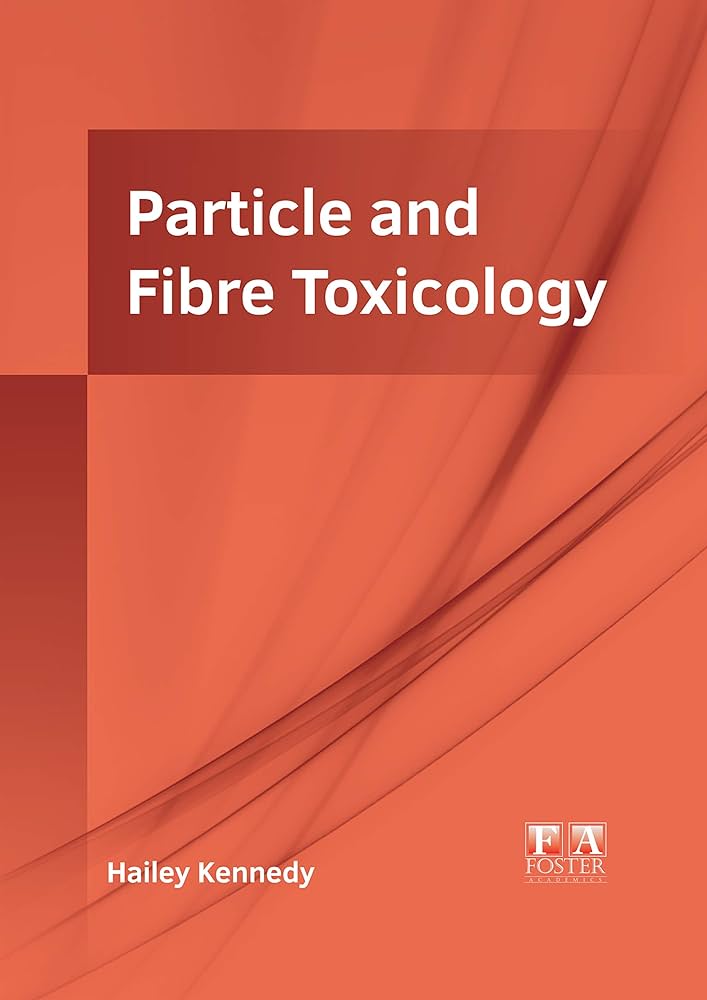Cellular response of keratinocytes to the entry and accumulation of nanoplastic particles
IF 7.2
1区 医学
Q1 TOXICOLOGY
引用次数: 0
Abstract
Plastic accumulation in the environment is rapidly increasing, and nanoplastics (NP), byproducts of environmental weathering of bulk plastic waste, pose a significant public health risk. Particles may enter the human body through many possible routes such as ingestion, inhalation, and skin absorption. However, studies on NP penetration and accumulation in human skin are limited. Loss or reduction of the keratinized skin barrier may enhance the skin penetration of NPs. The present study investigated the entry of NPs into a human skin system modeling skin with compromised barrier functions and cellular responses to the intracellular accumulations of NPs. Two in vitro models were employed to simulate human skin lacking keratinized barriers. The first model was an ex vivo human skin culture with the keratinized dermal layer (stratum corneum) removed. The second model was a 3D keratinocyte/dermal fibroblast cell co-culture model with stratified keratinocytes on the top and a monolayer of skin fibroblast cells co-cultured at the bottom. The penetration and accumulation of the NPs in different cell types were observed using fluorescent microscopy, confocal microscopy, and cryogenic electron microscopy (cryo-EM). The cellular responses of keratinocytes and dermal fibroblast cells to stress induced by NPs stress were measured. The genetic regulatory pathway of keratinocytes to the intracellular NPs was identified using transcript analyses and KEGG pathway analysis. The cellular uptake of NPs by skin cells was confirmed by imaging analyses. Transepidermal transport and penetration of NPs through the skin epidermis were observed. According to the gene expression and pathway analyses, an IL-17 signaling pathway was identified as the trigger for cellular responses to internal NP accumulation in the keratinocytes. The transepidermal NPs were also found in co-cultured dermal fibroblast cells and resulted in a large-scale transition from fibroblast cells to myofibroblast cells with enhanced production of α-smooth muscle actin and pro-Collagen Ia. The upregulation of inflammatory factors and cell activation may result in skin inflammation and ultimately trigger immune responses.角质细胞对纳米塑料颗粒进入和积聚的细胞反应
塑料在环境中的累积量正在迅速增加,而纳米塑料(NP)作为大宗塑料废物在环境中风化的副产品,对公众健康构成了重大威胁。微粒可能通过多种途径进入人体,如摄入、吸入和皮肤吸收。然而,有关 NP 在人体皮肤中的渗透和积累的研究还很有限。皮肤角质化屏障的丧失或减少可能会增强 NPs 的皮肤渗透。本研究以屏障功能受损的皮肤为模型,调查了 NPs 进入人体皮肤系统的情况,以及细胞对 NPs 在细胞内蓄积的反应。本研究采用了两种体外模型来模拟缺乏角质化屏障的人体皮肤。第一个模型是去除角质化真皮层(角质层)的体外人体皮肤培养物。第二个模型是三维角质形成细胞/真皮成纤维细胞共培养模型,上层是角质形成细胞,下层是共培养的单层皮肤成纤维细胞。利用荧光显微镜、共聚焦显微镜和低温电子显微镜(cryo-EM)观察了 NPs 在不同类型细胞中的渗透和积累情况。测量了角质形成细胞和真皮成纤维细胞对 NPs 应力诱导的细胞反应。利用转录本分析和 KEGG 通路分析确定了角质形成细胞对细胞内 NPs 的遗传调控途径。通过成像分析证实了皮肤细胞对 NPs 的摄取。观察到了 NPs 经表皮运输和穿透皮肤表皮的情况。根据基因表达和通路分析,IL-17 信号通路被确定为触发角质细胞对内部 NP 积累做出细胞反应的因素。在共培养的真皮成纤维细胞中也发现了经表皮 NP,并导致成纤维细胞大规模转变为肌成纤维细胞,α-平滑肌肌动蛋白和原胶原 Ia 的生成增强。炎症因子的上调和细胞活化可能导致皮肤炎症,并最终引发免疫反应。
本文章由计算机程序翻译,如有差异,请以英文原文为准。
求助全文
约1分钟内获得全文
求助全文
来源期刊

Particle and Fibre Toxicology
TOXICOLOGY-
CiteScore
15.90
自引率
4.00%
发文量
69
审稿时长
6 months
期刊介绍:
Particle and Fibre Toxicology is an online journal that is open access and peer-reviewed. It covers a range of disciplines such as material science, biomaterials, and nanomedicine, focusing on the toxicological effects of particles and fibres. The journal serves as a platform for scientific debate and communication among toxicologists and scientists from different fields who work with particle and fibre materials. The main objective of the journal is to deepen our understanding of the physico-chemical properties of particles, their potential for human exposure, and the resulting biological effects. It also addresses regulatory issues related to particle exposure in workplaces and the general environment. Moreover, the journal recognizes that there are various situations where particles can pose a toxicological threat, such as the use of old materials in new applications or the introduction of new materials altogether. By encompassing all these disciplines, Particle and Fibre Toxicology provides a comprehensive source for research in this field.
 求助内容:
求助内容: 应助结果提醒方式:
应助结果提醒方式:


